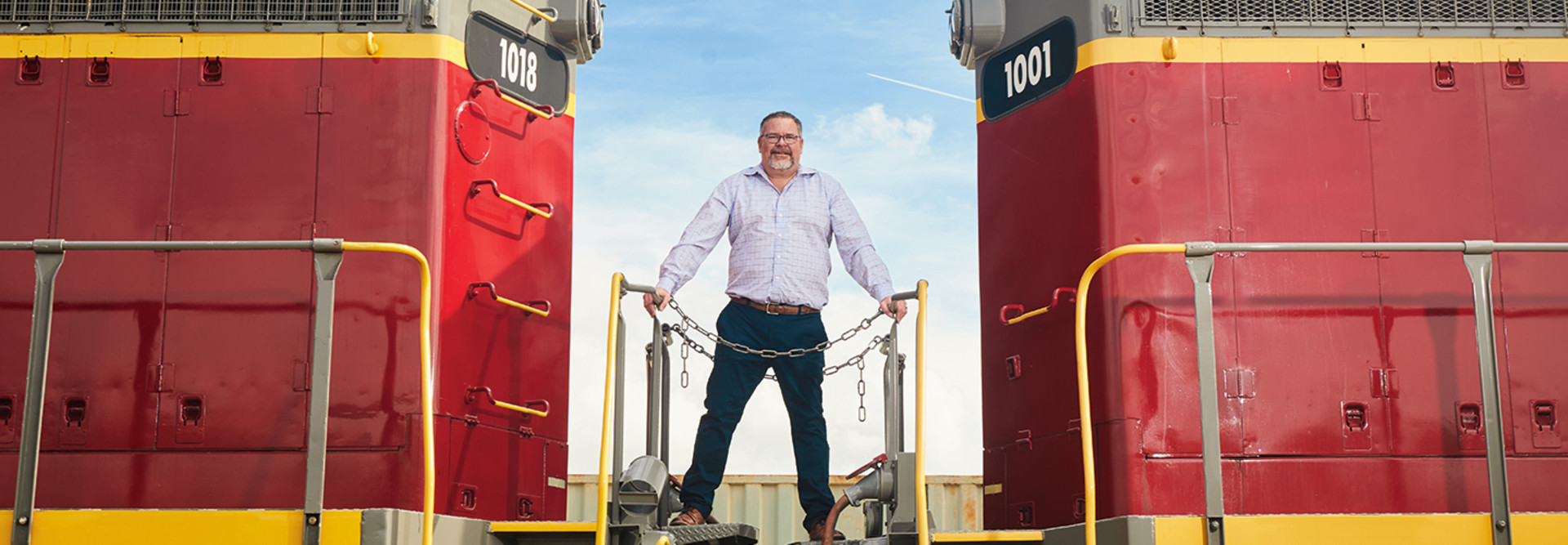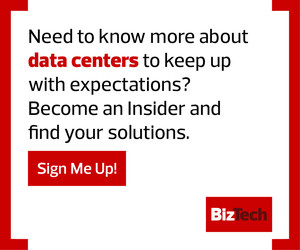As a seasoned IT professional in the railroad industry, Jason Brown is an expert on transition. Brown, Rio Grande Pacific’s CIO, oversees an IT team responsible for the technologies the company depends on every day to push passengers and freight along railways in six states. Between stations, tracks and railroad cars, “we’re literally moving all the time,” he says.
Founded in 1986 and headquartered in Fort Worth, Texas, Rio Grande Pacific has a reputation as an innovative player in a sector that’s often short on new thinking. In 2010, the company launched a spinoff that provides software solutions and technology services to freight and transit agencies.
That move signaled the start of the company’s ongoing data evolution from a business that depended solely on a data center on its premises to one that’s now focused on migrating to the cloud. “Our challenge was that we needed more space” than what the company’s storage solution offered, Brown recalls. “But we also needed better performance, something faster and more powerful.”
Click below to receive exclusive content when you register as an Insider.
Establish a Hybrid Cloud Infrastructure
With that in mind, his team replaced the legacy data center with a Dell EMC Unity storage array. The all-flash platform cut the need for physical servers from 28 to four, and it slashed provisioning time by close to 80 percent.
“Everything runs in parallel,” Brown explains. “It takes minutes to move over a virtual machine, and then it’s test and boom, put it into production.”
Another immediate benefit of the new platform? “Performance on our enterprise resource planning system and on all of our financial systems suddenly went through the roof. That’s really helped with the migration of our data into a hybrid cloud environment.”
And the migration was crucial. Rio Grande Pacific needed a fast, simple way to move its data to the cloud, Brown says: “Since our architecture is constantly evolving, being able to quickly move virtual machines to and from the Unity platform is paramount. The speed of the Unity system, along with a lot of bandwidth, provides great flexibility with managing our hybrid cloud infrastructure.”
Ultimately, Brown says, the Unity platform freed up his team to spend more time on other IT concerns, such as supporting workers in the field. The company added a second array a year after the initial deployment to keep up with growth. Doing so was “simple and affordable, because everything about the system is scalable,” he says.
During major platform updates, the team uses VMware Site Recovery Manager to automate failover and minimize downtime, he adds. “We just roll our servers over to a secondary location in Nebraska, and our end users never notice a thing.”
Moving data between storage sites and solutions securely, efficiently and without disrupting business is a relatively new concept in IT. Even today, says Phil Goodwin, research vice president at IDC, most companies must carefully weigh the risks before shuttling data from one place to the next.
DISCOVER: What small businesses need to know about securing data in the cloud.
The maintenance required to keep an aging application running or a need for scalability and on-demand resources are usually among the key factors driving companies to revamp, Goodwin says: “That’s when IT eventually decides that it’s worth their time and effort.”
Brown estimates that 75 percent of Rio Grande Pacific’s data is currently housed in Microsoft Azure. “By streamlining our internal data center, that gave us what we needed to take the next step,” he says.
Streamline Your Network and Storage Solutions
Next steps were also top of mind for the IT team at Palm Harbor, Fla.-based Geographic Solutions when it sought to upgrade its own storage systems. As the pandemic picked up in early 2020, the company, which develops software to manage unemployment insurance programs, found itself struggling to keep up with customer demand.
“It was a complete shock to the system,” recalls President and Founder Paul Toomey. “Almost overnight, sites that had been doing 10,000 visits a day were now seeing 350,000 visits a day.”
The company’s IT infrastructure was holding up, but it wouldn’t be long before the pressure was too much. Toomey and his colleague Helvey Johnson, the company’s director of operations, assessed the situation, took stock of their equipment and soon arrived at a decision: They had to go big, and they had to do it fast.
“We had to ramp up everything — our backbone, our servers and storage,” Toomey says. “We had to have better performance across the board.”
Toward that end, the company turned to an entirely new suite of Cisco Unified Computing System servers, a solution that combines a server, networking and storage in a single system. The deployment was completed in a matter of weeks, and migration between platforms went off without a hitch.
“Any outage whatsoever within the UCS fabric would have been catastrophic, but we had five-nines availability,” Johnson recalls. Today, all systems are running strong: “I’d say now, we’re ready for pretty much anything.”
Safeguard Your Company's Data
The importance of being ready for anything that comes is something Woody Groton understands well. “Downtime is something we can’t afford,” says Groton, who is CIO at Cambridge, Mass.-based Draper, a nonprofit research and development firm specializing in solutions for national defense. The company would bleed “millions of dollars every day” if it somehow lost access to its data, he says.
In its move to a trio of Dell platforms (Unity XT for general purpose workloads, and ECS and VxRail for public and private cloud), Draper relied on VMware migration tools to ensure the process went smoothly.
Today, it uses Commvault for backup and recovery, and Groton says he sleeps well at night knowing the company’s data is in good hands. “We all know the threats are out there,” he says, “and even a minor cloud misconfiguration can expose your data to the public.”
Draper’s data migration strategy leans heavily on redundancy, he notes, but even more than that, it depends on his staff — the “world-class team” he has in IT. “You can have all the hardware and all the budget in the world,” Groton says, “but the most important thing you need is the right people.”
CHECK OUT: Our list of 30 small business IT influencers for 2022.













